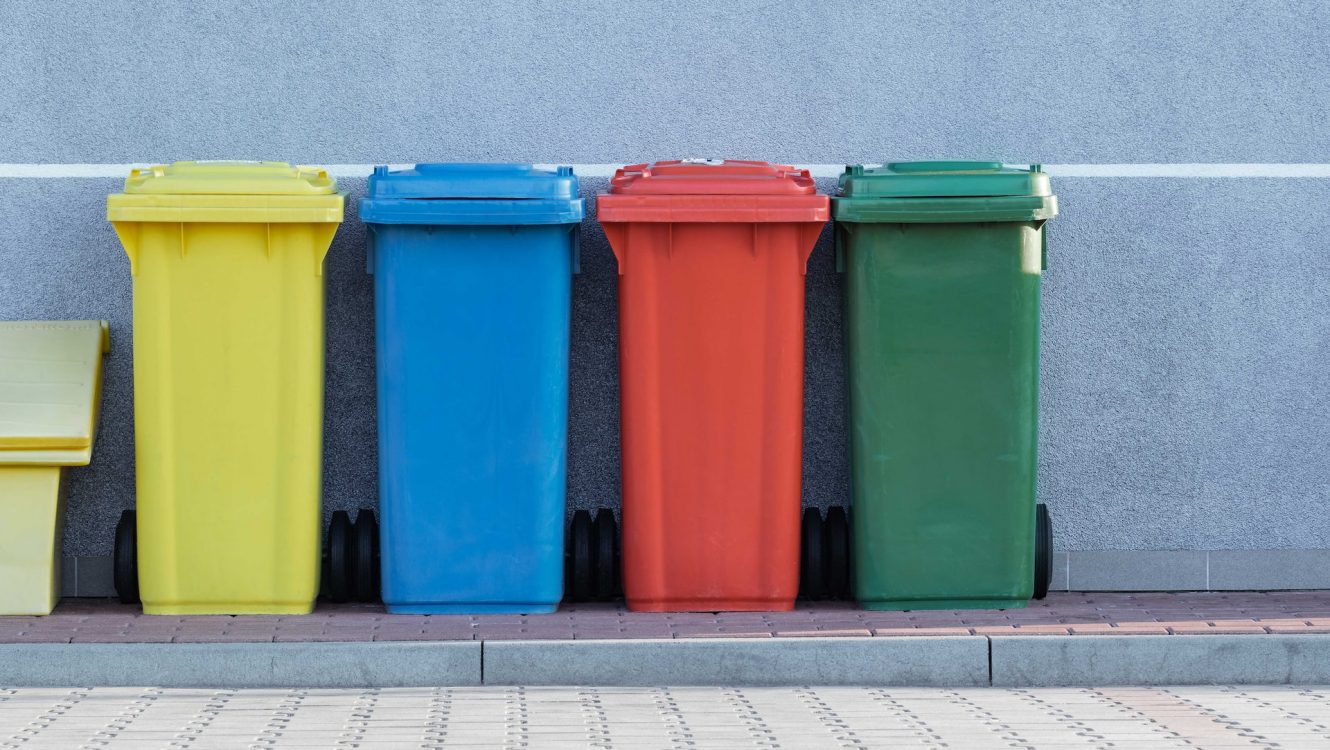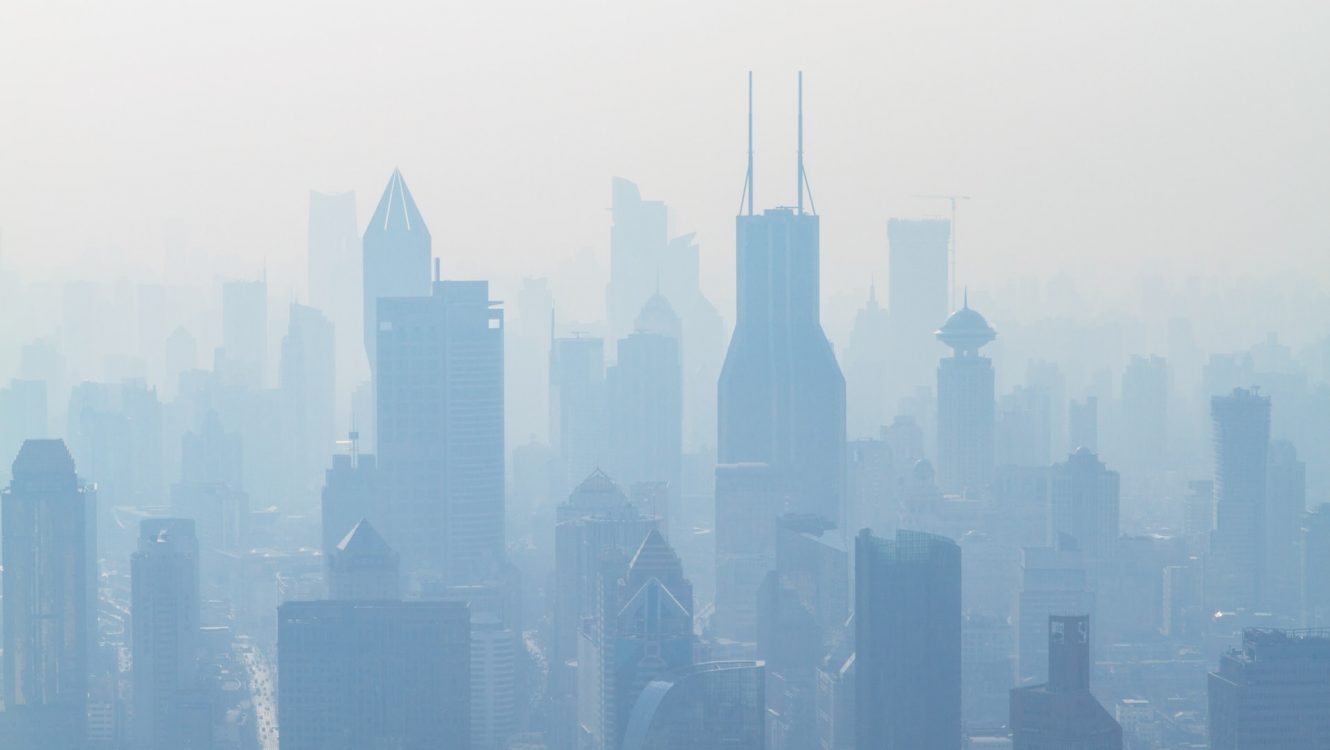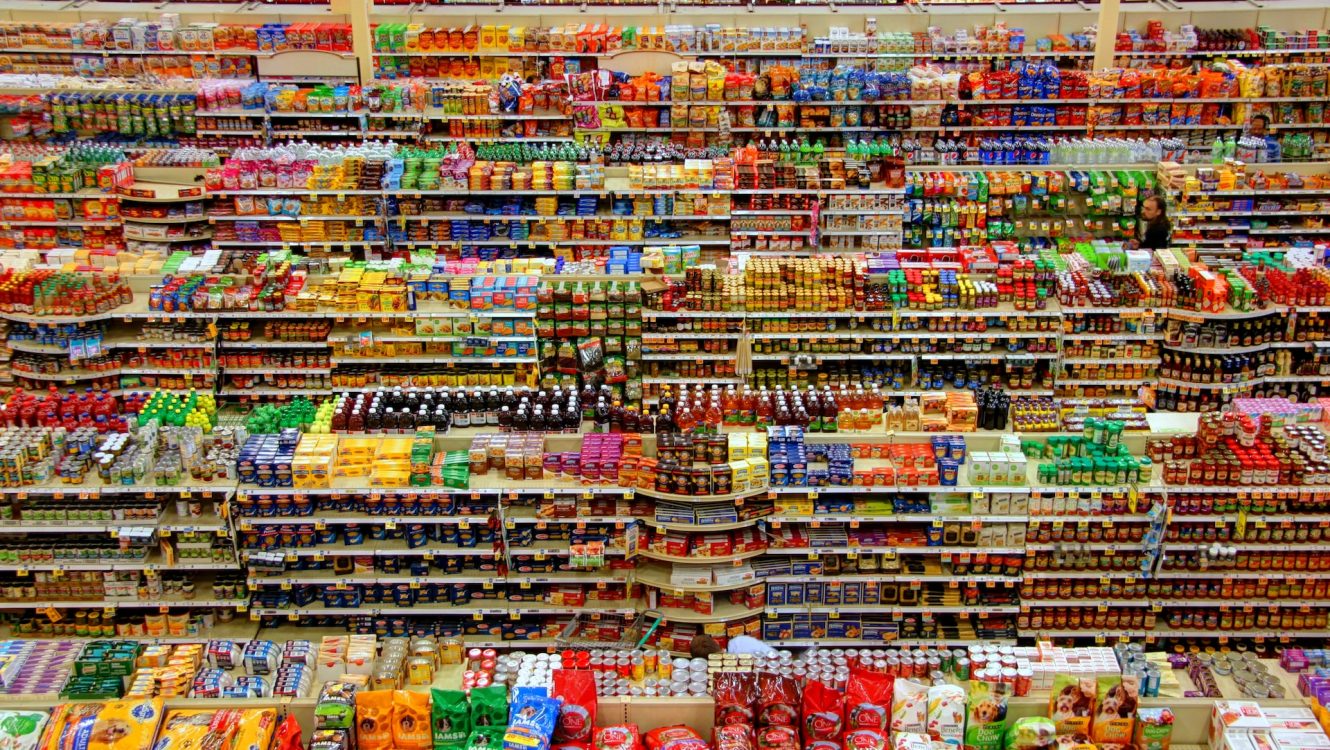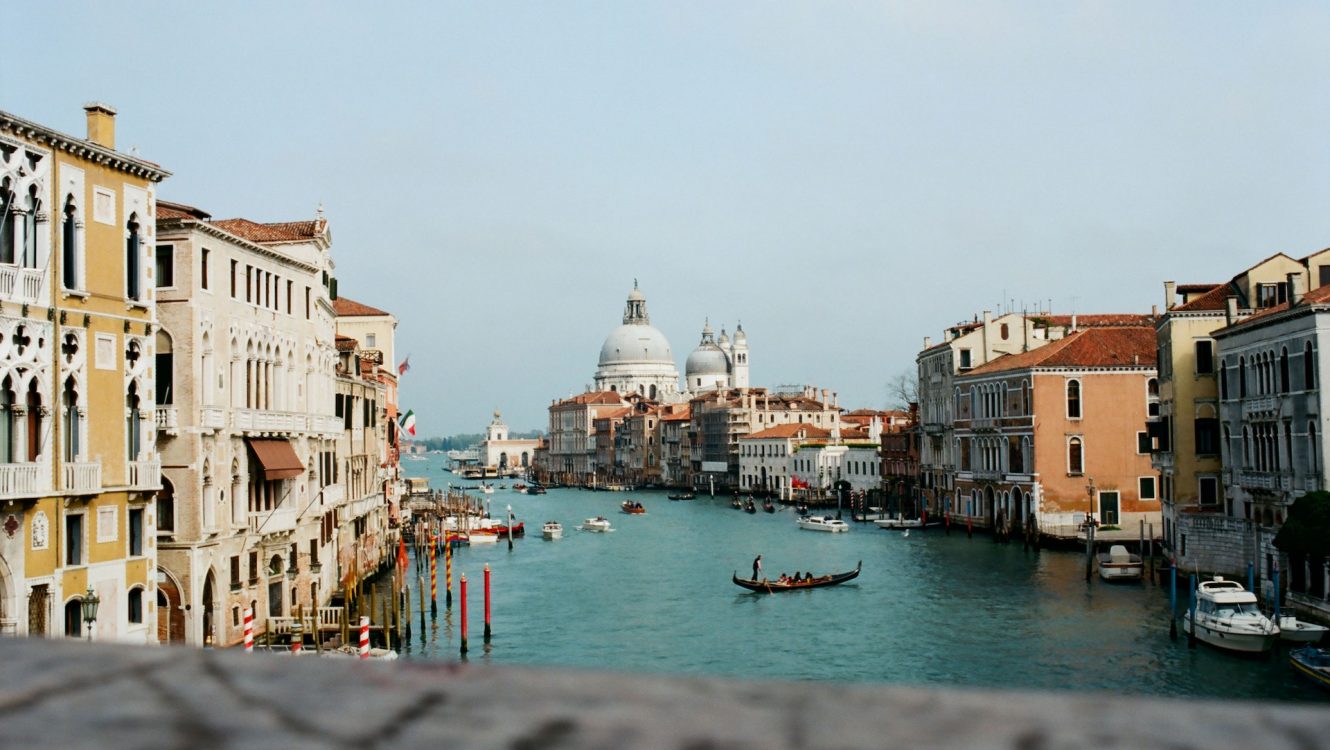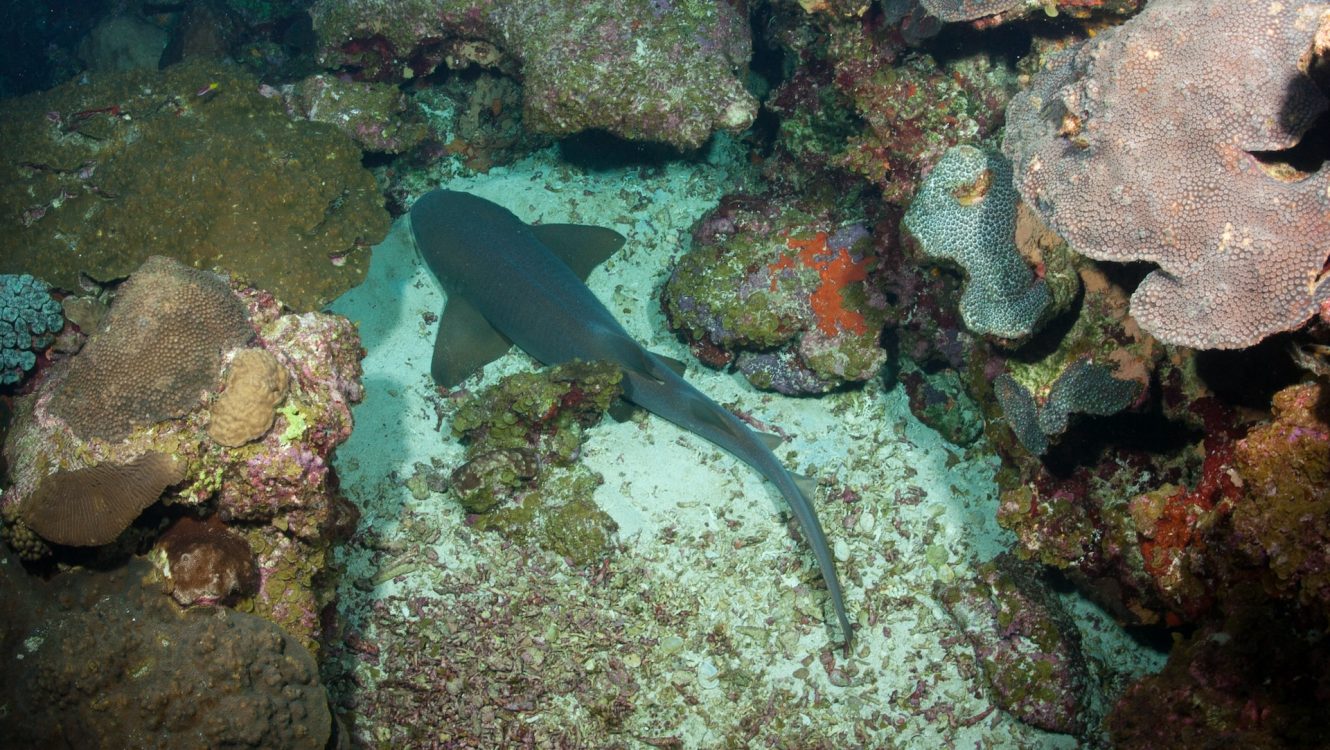The “Mosaic Forest”: France’s Answer to Climate Adaptation
Amid rising global temperatures, France is taking an innovative approach to climate adaptation: the “mosaic forest.” Spanning 4,200 hectares in the Moulière massif, this varied landscape represents a unique strategy in the nation’s fight against climate change, aiming to create resilience through diversity.
Understanding the Silent Storm of Climate Stress
As the world grapples with the impacts of global warming, forests are not exempt. Albert Maillet, Director of Forests and Climate Risks at the Office National des Forêts (ONF), likens the slow decay and death of trees due to climate stress to a silent storm. A storm that, unlike its more visible counterparts, never ceases.
Having seen a rise in temperatures by approximately 1.8°C since the 20th century’s commencement, France is actively preparing for an even warmer future. The ONF, responsible for managing the country’s 17 million hectares of public forests, is already planning with a potential 4°C increase in mind by the century’s close.
Diversification: Key to Forest Resilience
The challenge of adapting France’s forests to these rapid changes is immense. Albert Maillet paints the picture: “We’re trying to make the forest absorb a 10,000-year thermal shock in 10 years.” The solution, he suggests, is diversity. By introducing species from different bioclimatic zones, forests are given a better fighting chance.
Given France’s unique positioning at the junction of multiple bioclimatic regions—Atlantic, continental, Alpine, Mediterranean, and potentially dry tropical—the nation possesses a unique opportunity to shuffle species for optimal forest health.

A Closer Look at the Mosaic
The Moulière state forest stands as a practical embodiment of this adaptation strategy. Here, the ONF’s Poitou-Charentes branch Director, Antoine Bled, presents a map, showcasing the forest’s diverse layout. Squares of different colors represent various types of management and forest compositions, ranging from areas focusing on natural regeneration to those harboring hardwoods or softwoods. This patchwork arrangement is the very essence of the “mosaic forest.”
General manager Valérie Metrich-Hecquet describes the map as a vivid representation of ONF’s climate adaptation strategy. In some areas, century-old oaks thrive, serving as guardians of France’s heritage, while in others, diverse species blend to create resilient ecosystems, crucial for maintaining soil health and water functionality.
The Migration Aid: A Glimpse of the Future
Beyond diversification, France’s strategy also includes “migration aid.” Here, trees from different regions are introduced to areas grappling with climate stress. In some sections, as indigenous trees like the Scots pine struggle, the ONF is experimenting by planting southerly oaks and Laricio pines, hoping that these species may fare better in the changing conditions.
Conclusion: A Model for the Future?
France’s “mosaic forest” approach, championed by the ONF, offers a glimpse into potential strategies for managing forests in an era of rapid climate change. By emphasizing diversification, proactive management, and the introduction of new species, France is crafting a dynamic solution to a complex problem.
As the global community confronts the challenges of climate change, innovative approaches like the “mosaic forest” can serve as valuable models, demonstrating that with foresight and action, we can adapt our natural landscapes to a changing world.
©globalgreenhouse.eu



